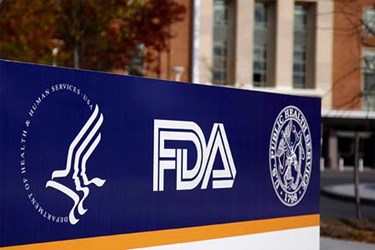Will FSMA Change The Culture Of The FDA?
By Laurel Maloy, contributing writer, Food Online

Indications point to FSMA taking the current food safety system down the rabbit hole of budgetary constraints and resulting in a lack of oversight
According to FDAzilla’s Inspections Database, the total number of FDA inspections in 2013 numbered 39,723, with an average of just over 21 percent receiving FDA Form 483s as a result. In 2003, the number of FDA inspections was 46,125, a 16 percent decrease over the previous 10 years, though proportionately, the same number of 483s was issued. The numbers for 2014’s Q1 are even more dismal, with only 511 inspections reported. This is a huge disparity from 3,910, the largest first quarter inspection numbers reported in 2012.
The above report does not make clear how many of these were food safety-related inspections. However, a report issued almost a full year after President Obama signed FSMA suggests that not only is the FDA not staffed to do its own inspections, the state entities performing in its stead are not properly monitored and audited.
For example, in 2009, the FDA held 41 contracts with states in which contracted inspectors were enlisted by the FDA to perform on-site inspections — FDA inspectors personally handle the inspections in the other 9 states. Through the Contract Inspection Audit Program, states enter into contract with the FDA, taking responsibility for performing food safety inspections. Under the contract, only a minimum of seven percent of contract inspections must be audited to ensure proper procedures are being followed. Per the Field Management Directive -76 (FMD), a senior investigator is trained by the District to conduct these audits, though the State agency will also provide supervisors, team leaders, or senior inspectors to be trained as auditors.
How on earth can the left hand know what the right hand is doing? The FMD goes on to state that “An unacceptable audit will not cause a contract to be altered or unpaid, nor will payment for the contract inspection be withheld.” So, not only does the FDA have its hands tied behind its back, it must also pay for the privilege.
According to a study published by the American Chemical Society, as of 2009, there were 1,389 inspectors with the FDA, a decrease of 253 inspectors over a six year period. Remember, this the total number of inspectors, not the number performing food safety related inspections. The 2013 sequestration also took a bite out of the FDA’s ability to oversee and administer our nation’s food safety programs, yet Obama’s budget does not put the government’s money where its mouth is when it comes to improving the safety of the food supply chain.
The blame cannot be wholly placed on the FDA. However, the 2011 report, issued by the Department of Health and Human Services (HHS), Office of Inspector General (IG), points that big governmental finger right at the FDA. In an earlier article, a retired USDA Veterinarian graded FSIS and suggested ways in which the current system failed and could be improved. FSMA looks good on paper and is a positive indication of the job the FDA wishes to do. These sweeping changes are necessary in order to move forward with a viable food safety program in keeping with the massive growth of our nation. Nevertheless, the question remains, how can the FDA possibly administer this new program when it is clearly struggling with administering the one in place now?
